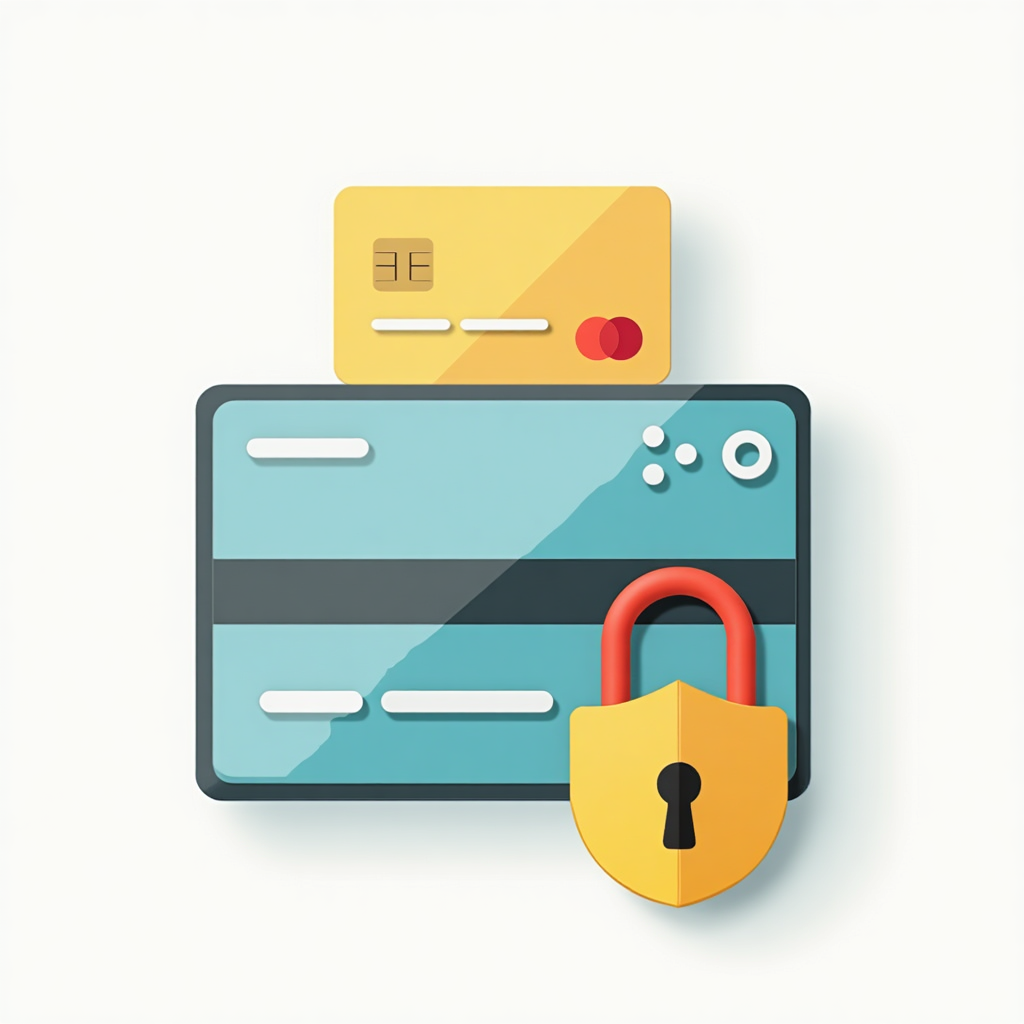
Introduction to Building Web Portals with CodeIgniter
CodeIgniter is a popular PHP web framework that enables developers to build robust, scalable, and maintainable web applications. One of the key features of CodeIgniter is its ability to build web portals, which are essentially websites that provide a single point of access to a variety of resources, tools, and services. In this article, we will explore the process of building web portals with CodeIgniter, and provide a step-by-step guide on how to get started.
Setting Up CodeIgniter
To start building a web portal with CodeIgniter, you first need to set up the framework on your local machine or server. This involves downloading the CodeIgniter package from the official website, and then extracting the files to your preferred location. Once you have extracted the files, you need to configure the framework by setting up the database, configuring the autoload file, and defining the base URL.It is also essential to create a new database and add the necessary tables to store user data, portal content, and other relevant information. This will help you to manage the portal’s data efficiently and ensure that the application is scalable and maintainable.

Designing the Portal’s Architecture
Once you have set up CodeIgniter, you need to design the portal’s architecture, which includes defining the layout, creating controllers, models, and views, and setting up the routing system. The layout should be user-friendly, responsive, and easy to navigate, with clear and concise menus, headers, and footers.You should also define the controllers, which will handle user input, interact with the models, and render the views. The models will manage the data and perform CRUD (Create, Read, Update, Delete) operations, while the views will display the data to the user. Finally, you need to set up the routing system to map URLs to specific controllers and methods.
Implementing Security Features
Security is a critical aspect of building web portals, and CodeIgniter provides several features to help you protect your application. You should implement authentication and authorization mechanisms to ensure that only authorized users can access the portal and its resources.You can use CodeIgniter’s built-in security features, such as encryption, decryption, and hashing, to protect user data and prevent common web attacks like SQL injection and cross-site scripting (XSS). Additionally, you should use secure protocols like HTTPS to encrypt data in transit and protect user sessions.
Building the Portal’s Core Features
With the architecture and security features in place, you can start building the portal’s core features, such as user management, content management, and search functionality. You can create a user registration system, with features like email verification, password recovery, and user profiling.You can also build a content management system, with features like article creation, editing, and deletion, as well as image and file uploads. Additionally, you can implement a search functionality, with features like keyword searching, filtering, and sorting.
Testing and Deployment
Once you have built the portal’s core features, you need to test the application thoroughly to ensure that it is working as expected. You should perform unit testing, integration testing, and functional testing to identify and fix bugs and errors.After testing, you can deploy the application to a production environment, such as a web server or cloud platform. You should configure the server settings, optimize the database, and set up caching and performance optimization techniques to ensure that the application is fast, scalable, and reliable.
Conclusion
Building web portals with CodeIgniter requires a thorough understanding of the framework, its features, and its capabilities. By following the steps outlined in this article, you can create a robust, scalable, and maintainable web portal that meets your needs and expectations.Remember to design the portal’s architecture carefully, implement security features effectively, and build the core features with a user-friendly interface. With CodeIgniter, you can create a web portal that provides a single point of access to a variety of resources, tools, and services, and helps you achieve your goals and objectives.

